ASIC Miner ICERIVER KAS KS0 Profitability In the realm of cryptocurrency mining, the Iceriver KAS KS0 miner has garnered widespread attention. Tailored specifically for the Kaspa network's KHeavyHash algorithm, it boasts high hashing power and low power consumption, making it an ideal choice for many miners. In this article, we will comprehensively assess IceRiver KS0 profitability while considering the Kaspa market conditions and the attributes of KS0 miner. Kaspa Market Dynamics Kaspa is a vibrant cryptocurrency network aimed at delivering high performance and scalability for everyday transactions. At the time of writing this article, the Kaspa coin trades at approximately $0.04959. But it's essential to note that cryptocurrency markets are highly susceptible to price volatility. Hence, investors must remain vigilant about market dynamics. Additionally, the Kaspa network's mining difficulty and reward mechanisms play a role in mining returns. Attributes of the IceRiver KS...
Goldshell X5 Miner Evaluation
Goldshell X5 miner supports Litecoin (Scrypt) algorithm. Its official website was released, and pre-sale started in May 2018, and its hash rate can reach up to 850 MH/s. The parameters announced to the public are as follows:
Hash rate (MH/s) | Miner power consumption (W) | Power consumption to hash rate ratio (W/Mhs) | |
X5 low power consumption | 558 | 600 | 1.07 |
X5 standard edition | 710 | 920 | 1.29 |
X5 high performance | 850 | 1420 | 1.67 |
We tested the Goldshell X5 miner to confirm, and here is our review.
I. Miner appearance
X5 miner adopts front and rear dual-fan design:
The top view of the miner: It can be seen that the miner is composed of four hash boards, each hash board has two sets of power interfaces, and the control board controls each hash board separately through four data cables.
Miner air outlet:
The size of the fan is the same as that of Antminer; both are 12cm.
The internal structure of the miner is the same as that of other miners, and the rail design is used to fix the hash board:
The following are the miner's size parameters (manual measurement is slightly off):
Through the confirmation of the appearance of the miners, the following doubts were found:
Control board related functions are not explicitly stated:
Compared with the Antminer, the logo is more explicit:
The sheet metal of the miner's shell has apparent rust (if it is placed in a mining farm environment, the rust may be aggravated).
As shown in the picture above: EVA pads can be added between the hash board and the box to fix it (refer to the picture below for Antminers) to avoid the hash board from moving.
The main control board is only fixed with guide rails. It is recommended to add EVA pads at the bottom for PCBA installation.
Refer to the following Antminer method:
II. The actual work test of miners
This power supply is provided by the manufacturer: BT-1800FC-G0 (1800W)
1. Miner's parameter settings
A. Miner connection (note that a single host can only use a single power supply, the rated power of the power supply is more than 1800W):
Connect the hash board power cable, the control board power cable, the network cable, the power cable between the power supply and the socket, and then power on.
B. IP settings:
Turn on the computer and connect the computer and device to the same local area network;
Install the Angry IP Scanner software tool;
Open the search tool and click to find the miner's IP;
Open the google chrome browser and enter the miner's IP: 192.168.1.151;
Unlock all miners and add mining pool information;
Wait for the connection to the mining pool to be successful; click the Home option backstage to view and confirm the existing hash rate curve.
2. The first test data
Test computer: (Lenovo X230 notebook)
Ambient temperature: 26 degrees
Test site: 30 square meters office, a single miner
X5 miner version information:
After the miner is powered on and set, check the miner's backstage data;
Miner online backstage data for 10 minutes (whole miner power: 1478W):
Miner online backstage data for 20 minutes (whole miner power 1525W):
Miner online 30 minutes backstage data:
Miner online 1 hour backstage data:
I observed that the miner's backstage data was normal at 1 hour and 46 minutes. The original plan was to sample the data again at 2H and found that there was no information backstage:
The IP was not changed at this time, and the computer did not perform abnormal operations. This phenomenon was found in the miner test three times in a row. During the test, the noise of the miner's air inlet is about 87dB (20cm away from the fan), and the air outlet temperature is 42.2 degrees.
3. The fourth test data (after replacing the test computer and router)
Test computer: HP ProBook4441s;
Router: TP-LINK TL-WVR1200G enterprise level;
Ambient air conditioner: 20 degrees;
Start the test after power on, just power on:
After running for 30 minutes:
After running for 1 hour:
Running 1 hour 30 minutes:
Run for 2 hours:
Run for 3 hours:
Without operating the miners and computers, the abnormal phenomenon occurred again at 3 hours and 8 minutes:
Re-enter the IP in the browser to enter the miner backstage:
Let the miner continue to run until about 5 hours of data:
Backstage information: HW error: 2.4%; Avg: 777.3MH/s
Whole miner power consumption: 1525W
Noise: 88dB
Air outlet temperature: 42 degrees
4. Abnormal data in the test
Hash rate fluctuates wildly (407MH/s):
and as follows:
HW error There are many hardware errors at a particular time:
Four hash boards under the same working conditions have significant differences:
III. Hardware composition appearance
1. Miner hardware
Hash board (TOP side)
Question:
It is recommended to rotate the direction of the heat sink of the DC-DC chip of the hash board, which is consistent with the air duct of the whole miner (as shown above).
The DC-DC circuit is designed to use SMD and DIP together. However, the packaging design is wrong in the actual PCB LAYOUT. Insulation needs to be added (as shown in the figure below).
2. Miner fan
Problem: There is no parameter identification on the front and back of the miner fan.
IV. Summary
1. At present, the miners are tested in an air-conditioned office environment. The working conditions of the miners in the actual mining farm are poor, and the status of the miners needs to be further tested.
2. Compared with other LTC miners (the noise of Antminer L3+ is about 83dB), the noise of X5 miners is slightly higher.
3. There will be a shaking sound of the hash board when the miner is transporting it. It is recommended that the hash board and the miner box should be added with sponge pads for shock absorption, and a vibration drop test should be carried out to confirm whether the heat sink of the hash board chip will fall off.

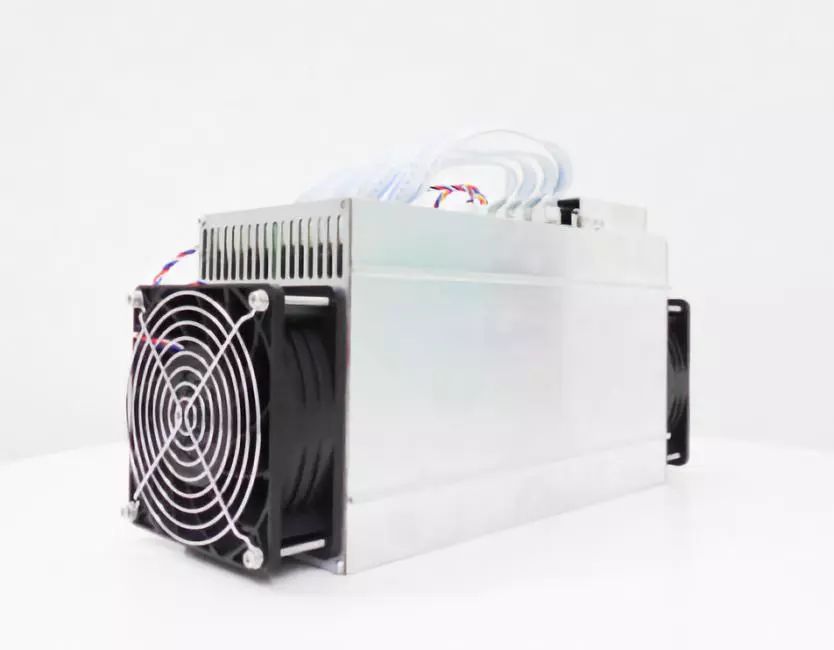



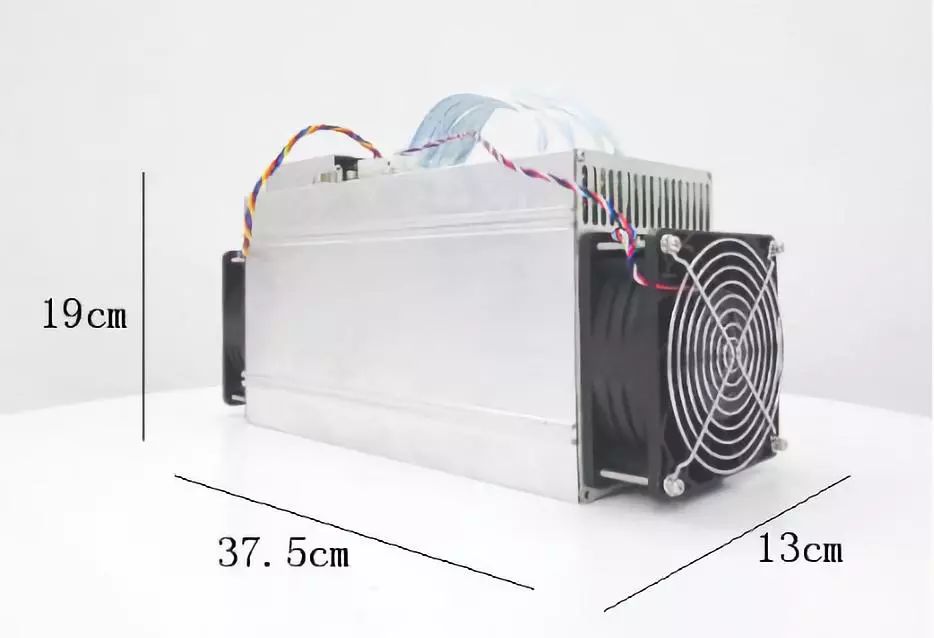


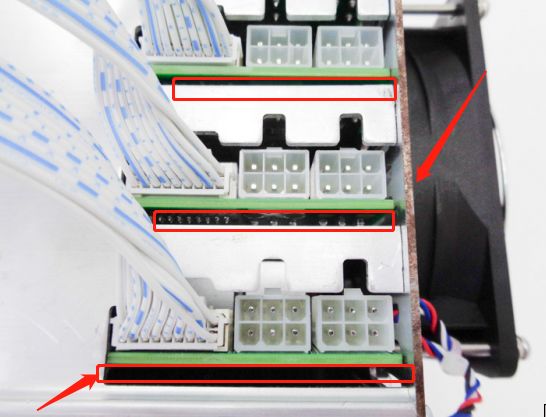



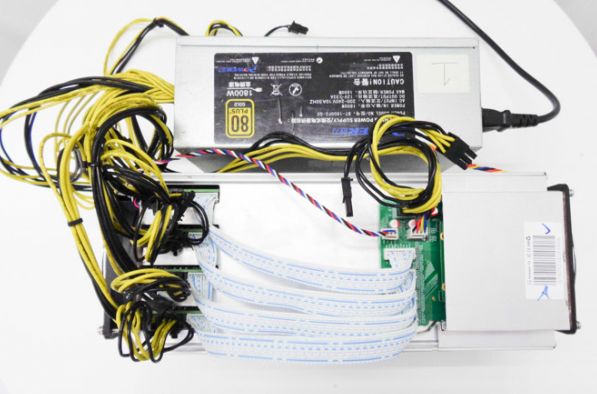






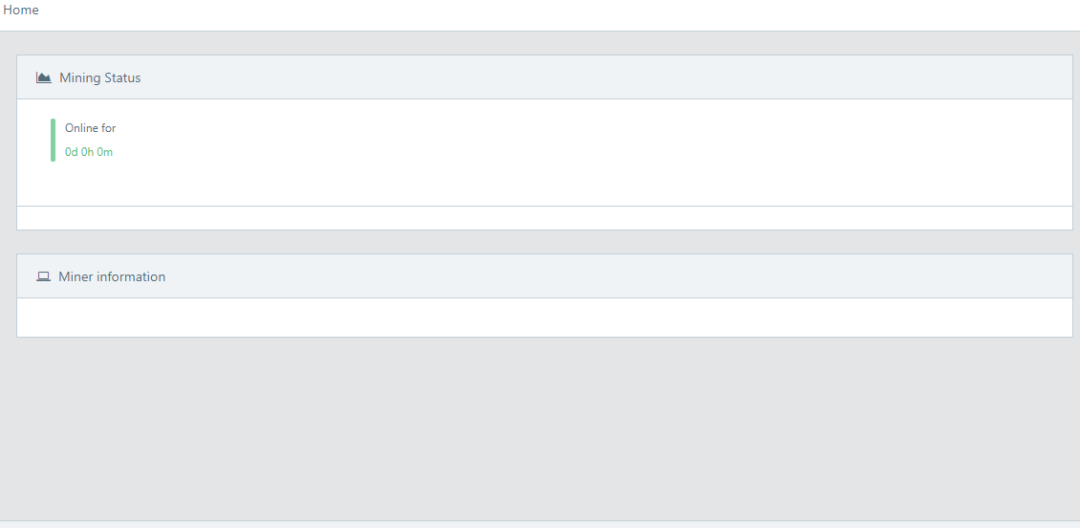



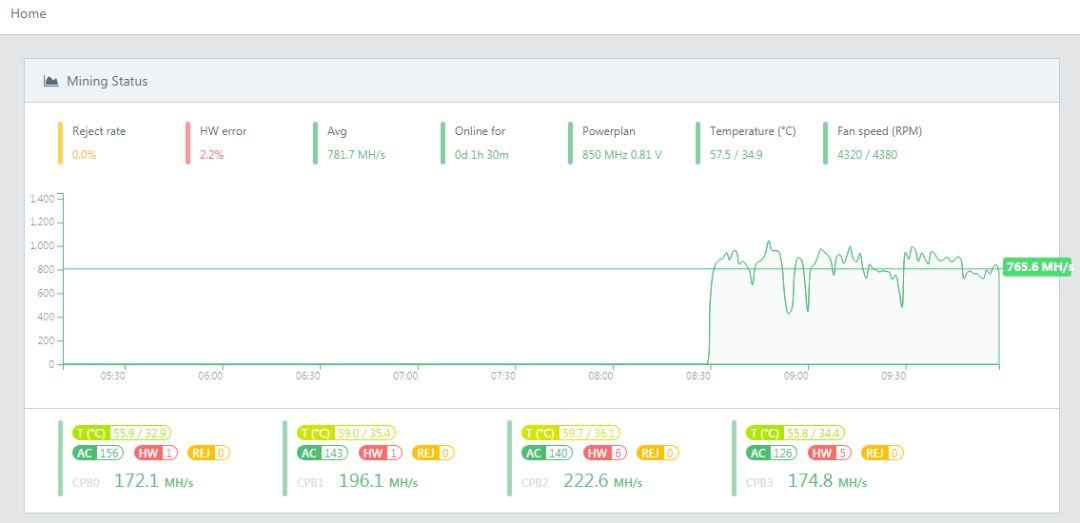










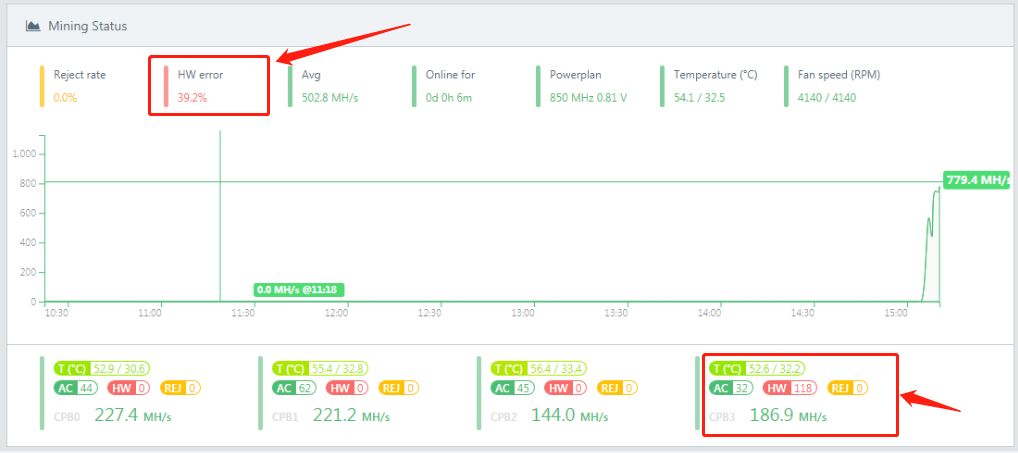


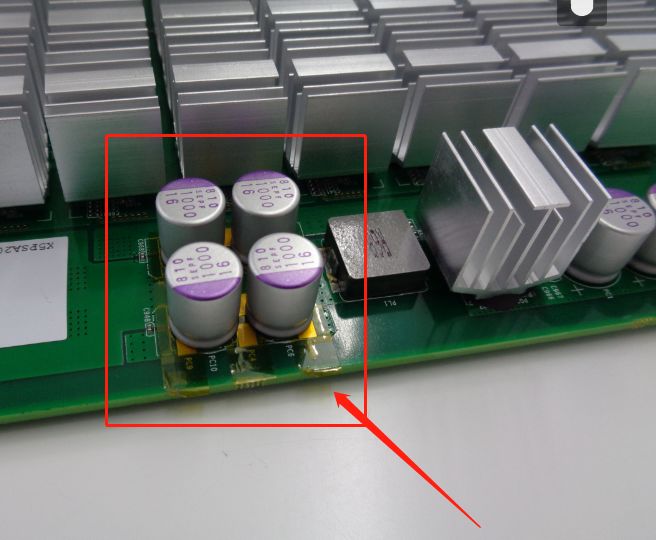

Comments
Post a Comment
Tell us your opinion